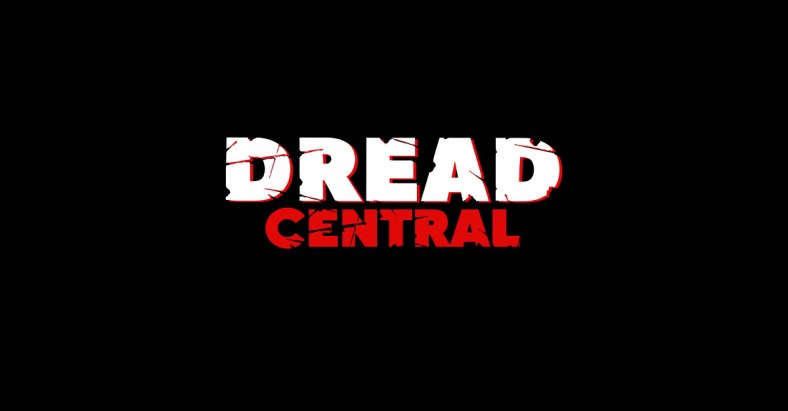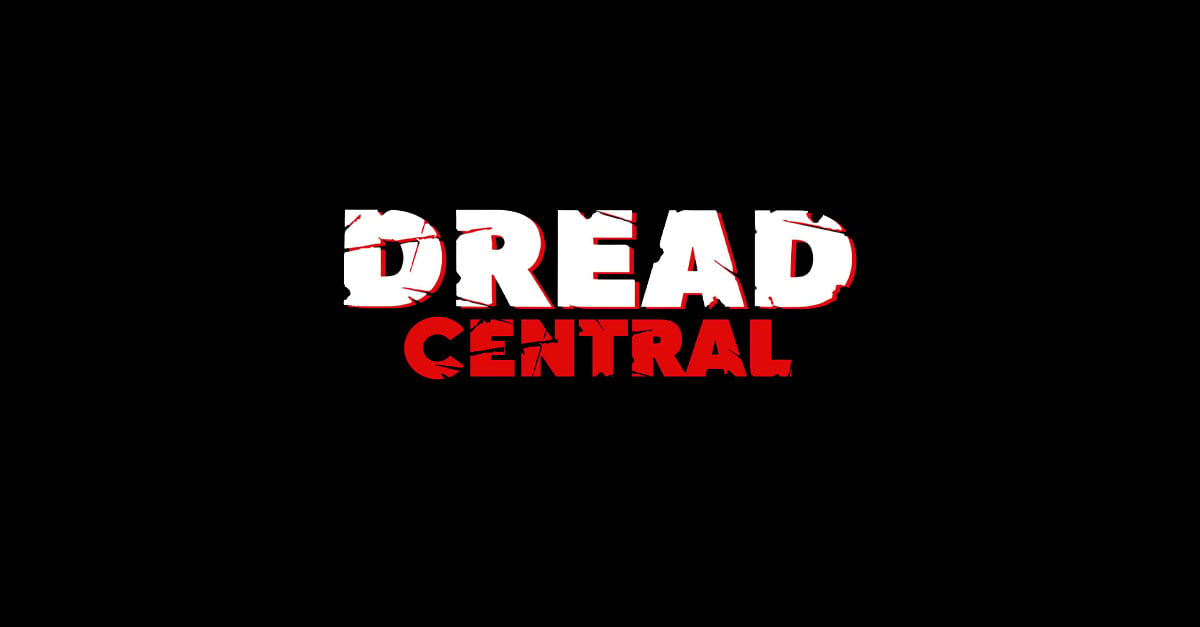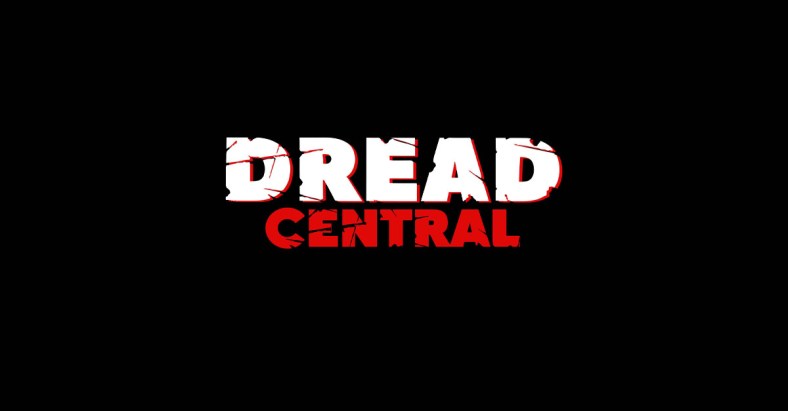New Jersey is the Unsung Horror Movie Capital of the United States

You don’t typically associate the Garden State with horrors. The paradoxical mix of sprawling industrial waste and the green Pine Barrens? Sure. But horror is not typically something you associate with the state, despite its long, bloody history. Murderers such as mafia hitman Richard Kuklinski and family-killer John List (the inspiration behind The Stepfather franchise) called the state their home. Some of the bloodiest battles of the Revolutionary War were fought in the Garden State. And some of horror cinema’s most iconic and haunting films started as seeds planted in New Jersey soil.
Related: New Books Take Us from Cincinnati Cemeteries to Ghost Towns of New Jersey
Yet, unlike Stephen King’s Maine or HP Lovecraft’s Massachusetts, it remains detached from horror. This begs the question – why is New Jersey so distant and removed from the horror landscape? On one hand, it could be a general dismissal of the state of New Jersey. It’s always had a negative reputation, even during the colonial days. Benjamin Franklin used the press to discredit the state his son, the flamboyant Royal Governor, managed. Pop culture’s perspective of the state is so strong that it overshadows its deep ties to horror cinema. Even films beloved by the horror community cannot shake our distinct perspectives of New Jersey.
Strong Horror Connections In New Jersey
There are several horror films that have strong associations with New Jersey. One of the first horror films, the 1910 adaptation of Frankenstein, was almost produced in the state. Edison Studios ended up filming their adaptation of Mary Shelley’s novel in the Bronx. But, the company started in West Orange, New Jersey. Years later, Debrah Hill, producer of Halloween, took inspiration from her hometown of Haddonfield, NJ when determining the name of Michael Myers’ childhood home. As mentioned earlier, the plot of The Stepfather franchise is based on a murder that took place in New Jersey. Westfield, New Jersey is the childhood home of The Addams Family creator Charles Addams, as well as the center of the annual AddamsFest convention.

Arguably most important, the plot of Jaws, both the novel and the film, draw heavily from the very real shark attacks that took place in 1916 along the Jersey Shore – or, at least, that’s how pop culture tells it. Peter Benchley very famously dismissed this claim, but New Jersey residents still hold this urban legend as gospel truth.
However, inspiration is one matter. To be inspired by the Garden State and its many horrors is one thing. To showcase New Jersey as a place of horror, either as a filming location or the setting of the film, is another. In that sense, several horror films were either shot in the Garden State or used it as their core setting.
New Jersey’s Most Iconic Horror Film
To many New Jersey natives, one of the most iconic horror films to be shot in the state is the original Friday the 13th. The film was shot throughout New Jersey’s Warren County – specifically, the towns of Hardwick, Blairstown, and Hope. The iconic Camp Crystal Lake is actually the Hardwick Boy Scout camp Camp No-Be-Bo-Sco, which still operates to this day as a camping site. It is interesting how the two cornerstones of the slasher genre, Halloween and Friday the 13th, owe in no small part to the Garden State, though obviously the latter bears far more of a connection to this state than its Shatner-masked predecessor.
However, there are several other horror films that were shot in New Jersey – with some of these films even taking place in the Garden State. The iconic 1979 horror film The Amityville Horror was filmed in Toms River, Point Pleasant, and Scotch Plains. However, because the film takes place in Amityville, New York, few associate this film with New Jersey lore. Other slashers, such as The Prowler, were filmed in New Jersey. The problem, though, is that these films don’t actually take place there. Or, at least, don’t feel distinctly New Jersey in style.
When In Jersey…
However, even films that are emblematic of New Jersey culture don’t resonate in popular culture the way other films might. Two incredibly unorthodox cult classics – Alice, Sweet Alice and Christmas Evil – were both filmed and take place in New Jersey. Alice, Sweet Alice was filmed and takes place in Paterson, NJ. Christmas Evil was filmed and set in Englewood, Union City, New Brunswick, Edgewater, and Montclair. The toy factory where our protagonist works was a real factory in New Brunswick. Both films are admittedly underrated cult classics, but they’ve never really been embraced as iconic New Jersey horror films.

American adaptations of HG Wells’ The War of the Worlds use New Jersey as the central battleground for alien invasions. While the novel is set in England, when Orson Welles adapted the book into a radio play, he set the point of first contact in New Jersey. Decades later, the Spielberg adaptation of the novel was filmed in Bayonne, Howell and Newark. Despite both adaptations’ legacies, the state as a hotspot for alien invasions never stuck.
The Garden State’s Cultural Identity
So why is it that these horror films aren’t the first thing we think of when we think of New Jersey? There are a few reasons. As mentioned earlier, Benjamin Franklin helped establish cultural discourse surrounding New Jersey prior to the Revolutionary War. Franklin established that the state was “a barrel tapped at both ends,” or a middle ground between the cities of New York and Philadelphia. As such, society determined that New Jersey’s value was not as a state with its own value, but rather as a highway between two great places.
This forced identity became so foundational to New Jersey culture that no single media depiction of the state could overshadow it. In film, we often see people in New Jersey not enjoying Jersey life. Instead, they’re looking at the New York skyline, wishing they were there. Even in horror films, such as Maniac, shots that take place in New Jersey always highlight its proximity to New York City, showing the skyline prominently.
Mob Ties
The only element of cultural identity the state has found that possibly overshadows Franklin’s vision of a “barrel tapped on both ends” is that as a haven for the mob. This is thanks in no small part to the HBO series The Sopranos, as well as several major mafia figures living and operating in New Jersey. The state is often linked with Italian immigrants, in part due to all these Italian mob films. Even other films, such as Copland, connect New Jersey with the Italian immigrant experience.
Interestingly enough, one of the few New Jersey-centric horror films to emphasize Italian culture is Alice, Sweet Alice. The film not only incorporates Italian families and Italian customs but also draws heavily from the Italian giallo genre. The film centers on a masked, gloved killer murdering people in surreal, often bewildering fashions. Paterson in the 60s and 70s had a large Italian population. But as time has passed and demographics changed, this is no longer the case.
The State’s Most Iconic Monster
There is, of course, one other key element of New Jersey pop culture that horror could one day bring to the forefront. New Jersey is home to one of the most iconic cryptids in history: the Jersey Devil. This enigmatic monster haunts the Pine Barrens. It’s also the inspiration behind New Jersey’s hockey team and a particularly memorable episode of the hit series The X-Files. However, there are painfully few films that use The Jersey Devil as a villain, especially when compared to other cryptids like Bigfoot. Of those few, none of them have become iconic enough to associate the state with horror cinema.

There are precious few Jersey Devil horror films out there. 13th Child is often the one most recommended by New Jersey publications. However, this 2002 film is not exactly a beloved film. It’s mostly for pairing Uncle Ben himself, Cliff Robertson, with the iconic mythical monster. An earlier effort is The Last Broadcast, a 1998 faux-documentary turned found-footage film. The movie is remarkable for its incredibly low budget – a mere $900. The Last Broadcast is in many ways a predecessor to The Blair Witch Project. Though when watching the two films back-to-back, it’s understandable why The Blair Witch Project blew up in popularity while The Last Broadcast didn’t. There is little of The Blair Witch Project’s ambiguity or character-centric narrative.
Related: The Devil Heats Up In New Jersey
Outside of these two films, it’s slim pickings. Satan’s Playground is a film that comes from Dante Tomaselli – a Paterson native – centered on the Jersey Devil mythos, adapting the traditional story of the Devil to the big screen. Filmed in the Pine Barrens itself, the film is one of the most over-the-top films focused on the Jersey Devil. It’s very goofy, but very memorable. Other films include Leeds Point, the SyFy film Carny (in which the Jersey Devil is put on display in Nebraska, for some reason), and The Barrens, a film made in Toronto, despite taking place in New Jersey.
Justice for Jersey
For all the films that center New Jersey as its place of horror, it is remarkable how little impact all of this has had on the state’s reputation. It took merely two films – Texas Chain Saw Massacre and The Town That Dreaded Sundown – to turn Texas into a center of fear. In many ways, New Jersey’s trajectory is similar to that of Pittsburgh, Pennsylvania. Despite being the center of Romero’s entire filmography, the town is not associated with the zombie genre in the eyes of the general public. Perhaps this is due to the dense population of people and prior histories associated with these locations. Perhaps this is just the result of New Jersey being the butt end of so many jokes.
As a native New Jersian, seeing the rich ties to horror here serve only to draw more attention to the negative stereotypes spread throughout the state. People seem to remember the New Jersey Turnpike more than the filming location of Camp Crystal Lake. People seem to deliberately play down the state’s contributions to pop culture. Even New Jersey native Frank Sinatra avoided mentioning his roots. The state deserves respect for its contributions to culture, but rarely is recognized by the general populace.
Everyone remembers Camp Crystal Lake. They forget where Camp Crystal Lake was filmed.
Categorized:Editorials News

